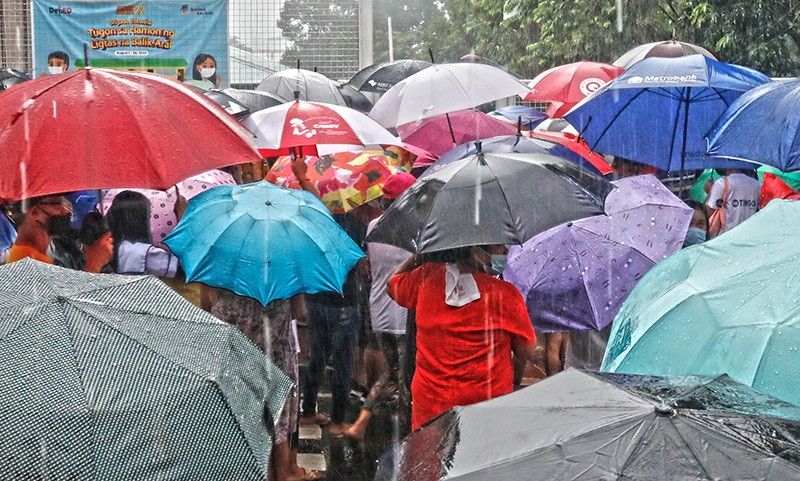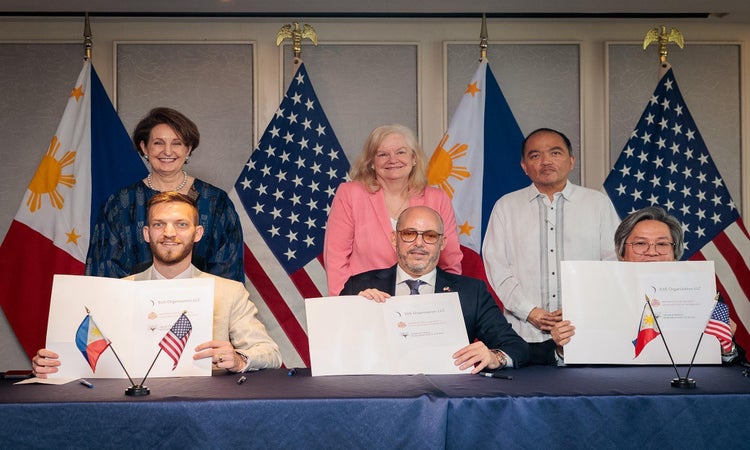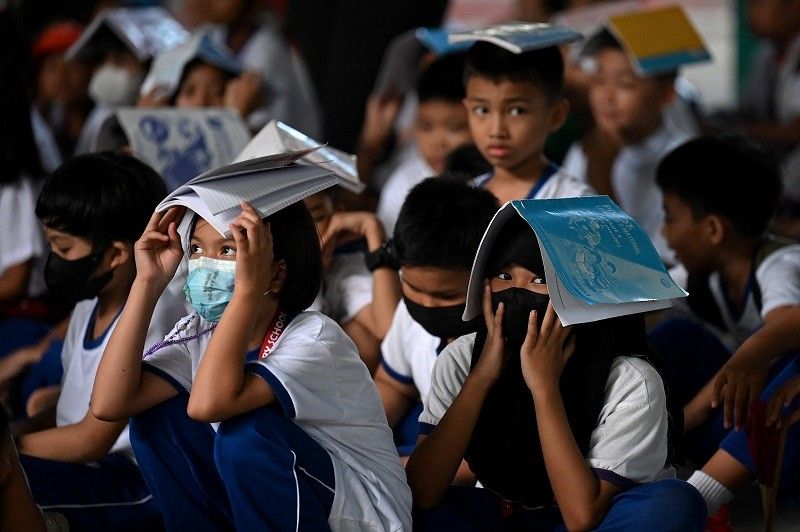Youths Are Happy Inhaling Smoke: Usage of Vape by the Students
E-cigarettes have been another problem when we talk about smoking. Nowadays, the spread of e-cigarettes has reached the youths and students.

Vaping has rapidly become a widespread issue among Filipino youth, raising concerns among parents, educators, and health officials. While the Department of Education (DepEd) has successfully promoted anti-smoking campaigns in schools, an alarming number of students have simply shifted from traditional cigarettes to e-cigarettes or vapes. This trend has sparked debates over the effectiveness of current regulations and the urgent need for stricter measures.
Vaping’s Appeal Among Students
DepEd Assistant Secretary Dexter Galban has pointed out a concerning pattern among young Filipinos. “When you ask Filipino youths if they have stopped smoking, they will say yes. However, when you bring up the next question, ‘Nag va-vape kaba?’ (Do you use vape?), they would also answer yes,” he stated.
One major reason vaping has become so popular is the variety of appealing flavors and flashy packaging that make these products seem less harmful than traditional cigarettes. Many students perceive vaping as a “safer” alternative to smoking, largely due to misleading marketing tactics that downplay its health risks.
Health Risks of Vaping
Contrary to the belief that vaping is less harmful, numerous studies have linked e-cigarette use to serious health risks. According to the Department of Health (DOH), vaping exposes users to harmful chemicals such as nicotine, formaldehyde, and acrolein, which can cause lung disease, cardiovascular issues, and nicotine addiction. Studies also show that young vape users are more likely to transition to traditional cigarettes later in life.
The Philippines has already seen cases of lung injury associated with vaping. Reports from local hospitals have documented severe respiratory problems among teenagers who frequently use e-cigarettes. This growing public health concern has intensified calls for stricter regulations.
Challenges in Regulation and Accessibility
Despite efforts to curb smoking, the easy accessibility of vapes—especially online—poses a major challenge for regulators. While malls and physical stores are required to check a buyer’s age before selling e-cigarettes, online platforms often bypass this requirement, allowing minors to purchase vapes discreetly.
Parents and guardians, who play a crucial role in preventing their children from vaping, often remain unaware that their child is purchasing these products online. Many of these e-cigarettes are marketed as trendy, harmless gadgets rather than harmful tobacco products, making it even harder for parents to recognize the danger.
The Philippine government has taken steps to address these challenges. The Republic Act No. 11900, or the Vaporized Nicotine and Non-Nicotine Products Regulation Act, was passed in 2022 to regulate the sale and use of vaping products. However, critics argue that enforcement remains weak, particularly in monitoring online sales.
Government and School Initiatives
Recognizing the urgency of the situation, DepEd is working closely with the Department of Health (DOH), the Department of Trade and Industry (DTI), and the Department of Interior and Local Government (DILG) to strengthen existing regulations.
One key initiative is increasing awareness about the dangers of vaping through school-based campaigns. Educators are being trained to educate students about the risks associated with e-cigarette use. Schools are also being encouraged to implement stricter disciplinary measures for students caught vaping within campus premises.
In addition, the DOH has launched public health campaigns warning about the long-term effects of vaping. These include advertisements, social media awareness drives, and community-based outreach programs.
International Comparisons: How Other Countries Are Tackling Youth Vaping
The Philippines is not alone in facing a youth vaping epidemic. Countries like the United States, Australia, and the United Kingdom have also struggled with a surge in teen e-cigarette use.
-
United States: The U.S. Food and Drug Administration (FDA) has banned flavored e-cigarettes to reduce their appeal to young users. Additionally, aggressive anti-vaping campaigns have been launched to counter misinformation spread by the tobacco industry.
-
Australia: Australia has some of the strictest vaping laws, with e-cigarettes available only by prescription. The government is also cracking down on illicit vape imports.
-
United Kingdom: The UK has focused on harm reduction, promoting regulated e-cigarettes as a smoking cessation tool for adults while banning advertising that targets young people.
Future Outlook: Can Stricter Measures Curb Youth Vaping?
The question remains whether stricter regulations and awareness campaigns will be enough to discourage Filipino youth from vaping. While government initiatives are an essential step forward, effective enforcement and parental involvement are equally crucial in addressing this issue.
Experts suggest that increasing penalties for online retailers who sell to minors, mandating stricter age verification measures, and banning flavored e-cigarettes could significantly reduce youth vaping rates. Additionally, schools should implement regular educational programs to inform students about the risks of vaping, similar to existing anti-drug campaigns.
As the government intensifies its efforts, the battle against youth vaping continues. The hope is that through combined efforts from schools, parents, and policymakers, Filipino youth will understand that vaping is not a harmless trend but a serious public health concern.
What's Your Reaction?












/https://tf-cmsv2-smithsonianmag-media.s3.amazonaws.com/filer_public/54/66/546650fa-26a4-40fd-8d6d-5a7a04540f81/rosetta2.png)
:max_bytes(150000):strip_icc():focal(999x0:1001x2)/robert-prevost-050825-1-39395418ab494da5a3a700c9478e66c8.jpg)
















































format(webp))
format(webp))


























